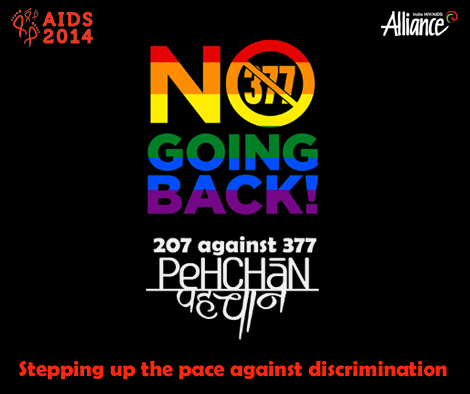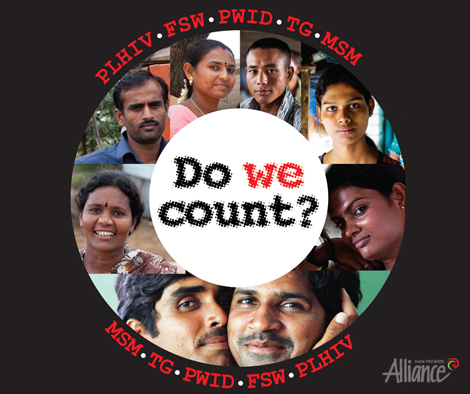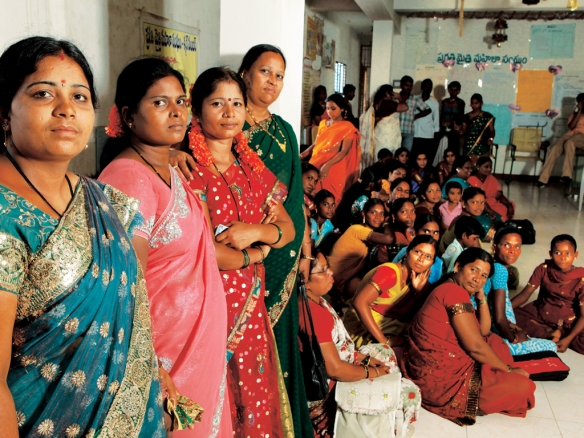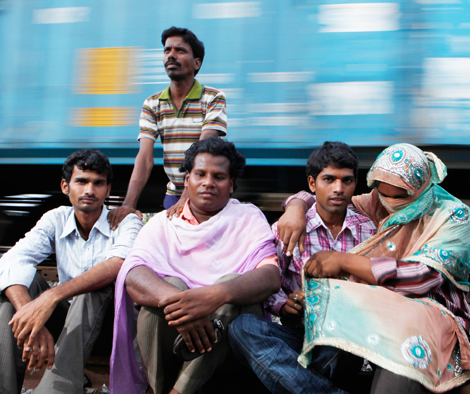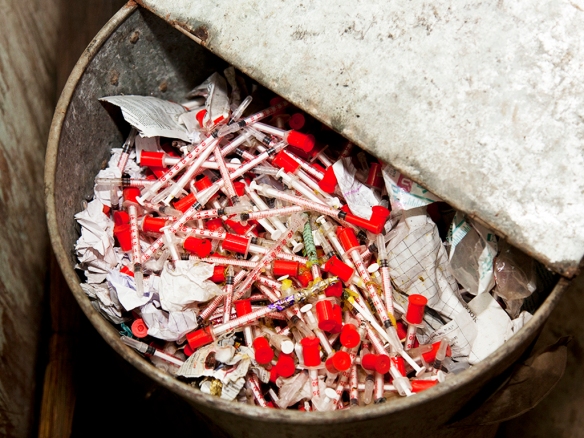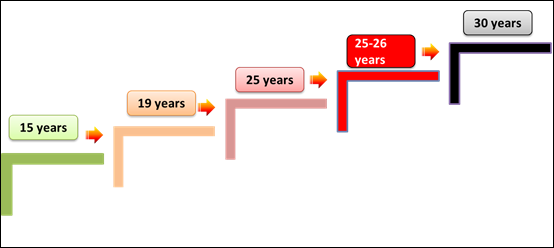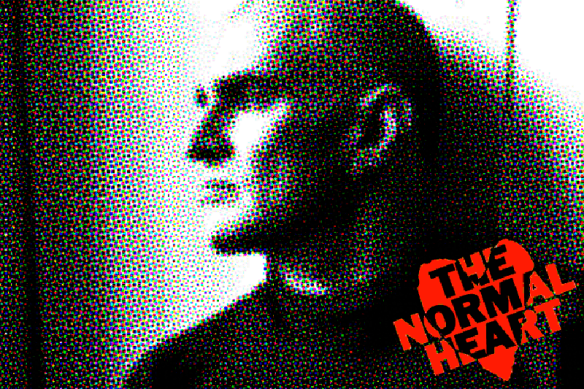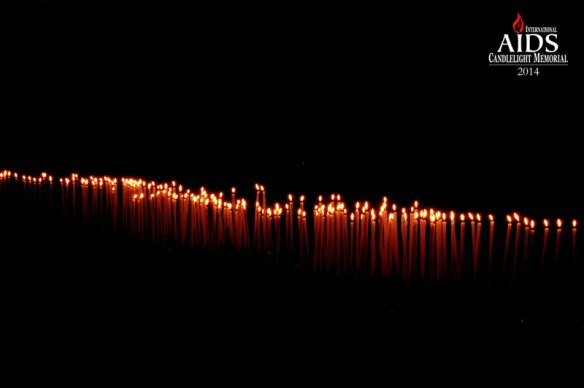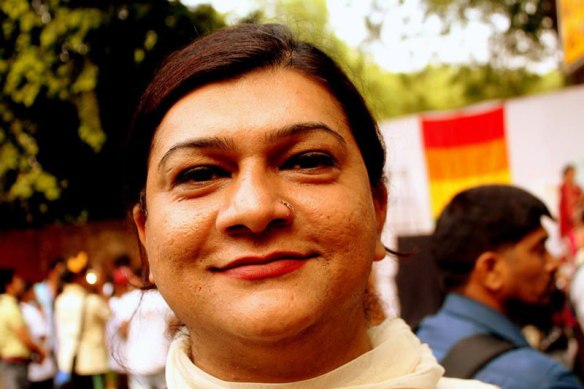
Vijay Nair (left) from Alliance India with workshop participants from Sexual Minorities Uganda and Alliance colleagues, Enrique Restoy and Mala Ram.
“It was my view that homosexuality should be punished harshly in order to defend our society from disorientation.” – Yoweri Museveni, President of Uganda, while signing Anti-Homosexuality Bill into law on February 25, 2014.
“While reading down Section 377 IPC, the Division Bench of the High Court overlooked that a miniscule fraction of the country’s population constitute LGBT…in its anxiety to protect the so-called rights of LGBT persons…” – The Supreme Court of India on December 11, 2013, while delivering its judgment on Section 377 of the Indian Penal Code that recriminalizes same-sex sexual behavior.
While Uganda and India may be separated by 3,500 miles, they have one thing in common: unjust laws against sexual minorities. Uganda recently adopted harsh new laws that further criminalize homosexuality, while last December India recriminalized gay sex, reversing a 2009 Delhi High Court decision. Consequently, both nations have witnessed a significant rise in acts of violence against the LGBT community, driving an already marginalized community further underground and making the uptake of HIV services all the more difficult.
In response to these disturbing developments, the International HIV/AIDS Alliance is rolling out the Human Rights Management Reporting System (HRMRS), a community-based system to monitor and respond to barriers to accessing HIV services. The system, once fully operational, will allow community-based organizations, the Alliance’s Linking Organizations, and other partners to collect and analyse data on human rights violations experienced by programme beneficiaries and clients. The evidence generated by the system will be used to improve interventions, ensure protection of rights, and inform advocacy.
As an early step in this process, the development of the HRMRS has been informed by a dialogue with members of Uganda’s LGBT community. I travelled to Entebbe from my home in Hyderabad to provide technical support to this process, building on my almost four years with India HIV/AIDS Alliance (Alliance India) in Andhra Pradesh. Sexual Minorities Uganda (SMUG) is a key implementing partner for this initiative.
As a gay man living with HIV, I know too well how important it is to confront the human rights barriers that prevent sexual and gender minorities from reaching HIV services. It was an honour for me to share Alliance India’s experience from the Global Fund-supported Pehchan programme rolling out Crisis Response Teams (CRTs) at the grass-root level in India.
In a dynamic discussion with the board and staff of SMUG as well as other community leaders, the Pehchan CRT model was discussed in detail, including: team formation; inclusion of key stakeholders; building capacities of team members; data collection and documentation of cases of violence and harassment; redressal of such cases; advocacy initiatives and solidarity events at national, state and district level; and sensitization meetings with law enforcement agencies, media and health care providers. Based on Pehchan’s learnings, this process helped frame HRMRS components on stigma, discrimination, impact of violence, and support systems.
“The situation in Uganda is extremely grim and a matter of great concern. After the Anti-Homosexuality Law was passed, communities have gone underground, accounts on social media have been deleted, and HIV-related service uptake has been hampered drastically. Despite Section 377, India has a gay movement that has been successful in generating support from a wide range of stakeholders, including India’s Department of AIDS Control, the media, and even a few political parties. Though social settings are quite different in each country, Uganda can learn a lot from India,” said Edith Mukisa, Executive Director of Community Health Alliance Uganda (CHAU).
She further proposed to visit India along with doctors and officials from Uganda’s “Most At Risk Populations Initiative” (MARPI) to understand Pehchan’s advocacy efforts. With support from the Centres for Disease Control and Prevention, MARPI supplements the Ugandan Ministry of Health efforts to expand interventions to MARPs.
As both Uganda and India share a bitter colonial past and an ugly history of homophobia, it is essential that we work together, share our successes, prepare together for our challenges, and strive as one for a better tomorrow for sexual and gender minorities all over the world.
__________________________
The author of this post, Vijay Nair is a Programme Manager: Pehchan at India HIV/AIDS Alliance in Andhra Pradesh.
With support from the Global Fund, Pehchan builds the capacity of 200 community-based organisations (CBOs) for men who have sex with men (MSM), transgenders and hijras in 17 states in India to be more effective partners in the government’s HIV prevention programme. By supporting the development of strong CBOs, Pehchan addresses some of the capacity gaps that have often prevented CBOs from receiving government funding for much-needed HIV programming. Named Pehchan which in Hindi means ‘identity’, ‘recognition’ or ‘acknowledgement,’ this programme is implemented by India HIV/AIDS Alliance in consortium with Humsafar Trust, PNRO, SAATHII, Sangama, Alliance India Andhra Pradesh, and SIAAP and will reach more than 450,000 MSM, transgenders and hijras by 2015. It is the Global Fund’s largest single-country grant to date focused on the HIV response for vulnerable sexual minorities.

